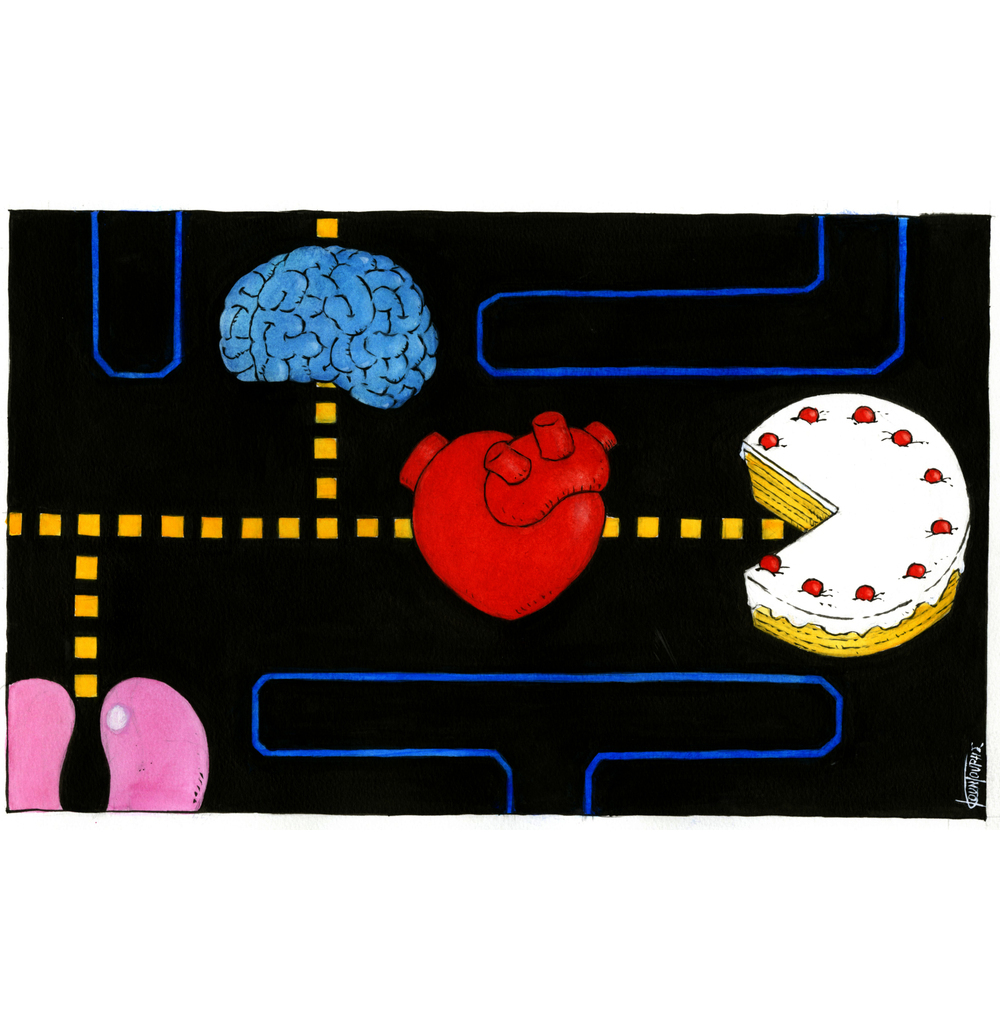Diabetes Mellitus
- +What is diabetes mellitus?
-
It is a condition in which our body cannot effectively utilize glucose (“sugar”). Normally, glucose either enters our body from food or is produced by the body mainly in the liver, which plays a significant role in regulating, storing, and releasing glucose. Glucose travels through the bloodstream and enters various organs with the help of a substance called insulin. Therefore, insulin acts like a key to unlock the doors of cells to allow glucose to enter.
- +Is there only one type of diabetes?
-
No: In Type 1 diabetes mellitus, insulin levels are nearly zero. This type usually appears in childhood, adolescence, or young adulthood.
In contrast, in Type 2 diabetes mellitus, insulin is present and even initially elevated. However, tissues require more insulin than normally needed for glucose to enter cells (a condition called “insulin resistance”). As a result, the pancreas, after some time, cannot meet this increased demand for insulin. Since glucose cannot enter the cells, it remains in the blood. Type 2 diabetes mellitus is often associated with increased weight/obesity and appears at an older age. - +How common is each type?
-
The likelihood of each child being born with Type 1 diabetes is less than 1%. Type 2 diabetes is much more common: It is estimated that about one in ten adults in Europe lives with Type 2 diabetes.
- +How is diabetes diagnosed?
-
By measuring blood sugar levels. One or more of the following conditions must be met:
• Fasting blood sugar exceeds 126 mg/dL in measurements on at least two days. Fasting blood sugar means a morning measurement before eating or drinking anything other than water (usually after 8 hours).
• A random blood sugar measurement is above 200 mg/dL, along with symptoms suspicious for diabetes. This is done at any time of day, regardless of when one last ate.
• The blood sugar level in a special glucose tolerance test exceeds 200 mg/dL after 2 hours. In this test, known as the “glucose curve,” a specific amount of glucose is ingested orally, and blood glucose is measured 2 hours later. This test is commonly performed in pregnant women. - +What is hemoglobin A1c?
-
Since measuring blood glucose reflects sugar levels only at the moment of measurement, the best way to monitor good long-term regulation is through “hemoglobin A1c,” which shows—like an average—how well regulation has been maintained over the last three months.
